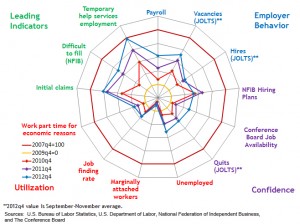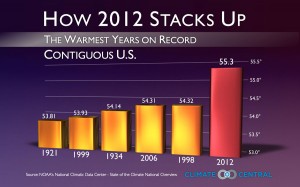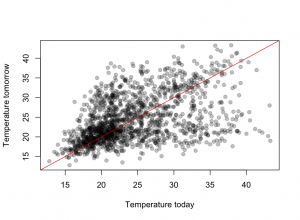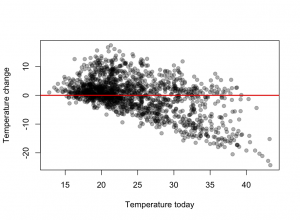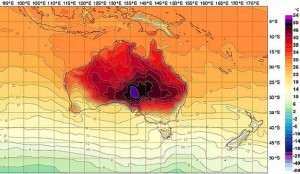Open Data activist dies.
If you know who Aaron Swartz was, you’ve probably already heard that he died yesterday.
Swartz was a computer prodigy and internet activist, who was focused on providing access to information, especially information that was theoretically already public but not readily available.
As a high-school kid, he was one of the developers of the RSS standard for web newsfeeds, which make it easy to integrate updates from many web sites. He played a major role in the RECAP database, which allows people who pay for (public-domain) US court transcripts to make them available to others.
More recently, he downloaded millions of old academic articles from the JSTOR database, presumably intending to make some of them available in some form, though he never did. The Herald says
In 2011, he was arrested in Boston and charged with stealing millions of scientific journals from a computer archive at the Massachusetts Institute of Technology.
but he was actually charged with the very flexible offences of wire fraud and computer misuse, not with anything to do with theft or copyright violation.
If you want to read more about his life and death, it seems appropriate to suggest searching the Internet. It’s all there.

